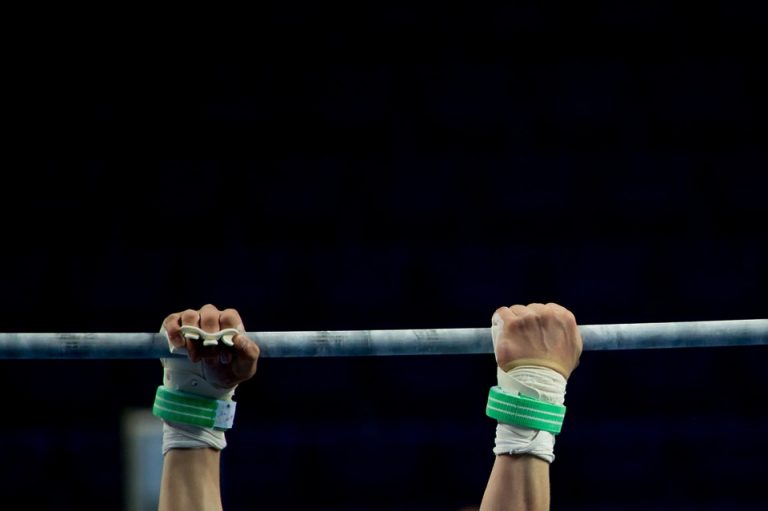Have you ever encountered on your way physically active people – regularly running, working out at the gym a few times a week, generally active and not avoiding sport, but still having a few extra kilograms? These people perform reasonable trainings, it would seem that they are so active that there is no way that they don’t lose weight and measurements. They also declare they watch their diets. However, they see no effects. What is wrong?
Improper caloricity
Diet is one of the most important factors influencing our effects. The two most frequent dietary mistakes are: calorie surplus and deficit. The first one is obvious – when we eat more than we burn, energy will cumulate and consequently it may entail gaining extra kilograms. It is interesting that too low calorie supply may also cause lack of effects. Why? Energy that we provide with food is supposed to provide us with fuel to face training challenges and daily activities. At first we may not feel that we provide too little energy but with time our power will drop, so even performing the same activities, we will burn less, as the engagement will drop. With no powers our spontaneous activity level will also be decreased – we will more willingly sit on the couch, take naps than clean windows, do shopping or go for a walk etc.
Another important reason for which calorie deficit will not be conducive to effects is slower metabolism. The organism will, speaking colloquially, be afraid that we will again decrease energy supply and slow down its activity for economical purposes.
It is worth remembering that while providing food not only calories count, but also nutritional values, vitamins and minerals that have influence on the condition of our body, organs and our functioning.
Excessively low training intensity
Even though the exercises may be well-selected, it doesn’t mean that the engagement of the training person is appropriate. Too light weight, small movement dynamics, improper muscle tension, improper training volume – all of this may influence the process of burning calories.
There is a conviction that training intensity is influenced by introducing up-down exercises. It is true, but it is not the only solution and not optimal for everyone. It is worth opening yourself to various training pathways – strength straining, isometry, training based on the mass of your own body and many more. How to increase training intensity?
- Focus on full body workout – we will use more energy by performing multi-joint exercises, engaging the whole body rather that a training focusing on biceps, which is a small muscle that doesn’t need as much energy as for example legs, ABS muscles and back together. It is quite logical;
- Introduce a bit of isometry to your training – you don’t need to rush, perform everything as fast as possible at the cost of technique. Introducing isometry, i.e. tension in a given body part, may considerably increase muscle work. Can we find a method to perform an exercise on an isolated, small group of muscles engaging at the same time the whole body? For this type of exercises TRX or rings work perfect;
- Increase weights – reasonably and gradually;
- Shorten the time between series – less time for rest means higher effort for our body.

Hormonal problems
Health aspects also have huge influence on training results. In today’s world we have many women (and not only) dealing with problems with thyroid and hormone production. If you really know that your diet and training are appropriate, it is worth controlling the level of such hormones as – TSH, ft3, ft4, prolactin, progesterone and estradiol. The results should be consulted with a doctor and when needed, start treatment and patiently wait for effects. It is also worth checking other results, such as simple morphology, cholesterol, sugar level, vitamin D3 and one more hormone – cortisol. It is possible that slight modification in a diet will be enough just to provide the organism with the lacking elements.






